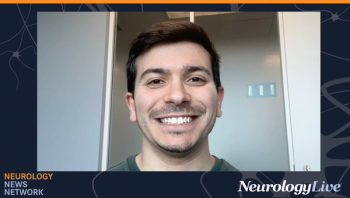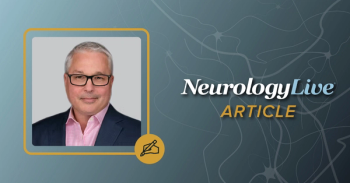
James Leverenz, MD: Making Headway in Treating Dementia

The director of the Cleveland Lou Ruvo Center for Brain Health at Cleveland Clinic discussed the ground that has been made in treating dementia, and how nuance in diagnosis can provide a possible leg up for physicians.
“Many people are unaware that Lewy bodies are present in probably about 50% of people with Alzheimer’s—if you use the right techniques and look in the right area. I think we need to be a little neuro-nuanced in characterizing patients.”
Dementia is a difficult and painstaking field for many physicians and researchers who are seeking to find a way to halt the progression of the disease. With a multitude of therapeutic failures in the past and novel pathways being investigated for the future, the present has become clouded with conversations about which approaches may hold the most promise.
Although, some challenges remain in determining the timing of treatment. The discussion surrounding when patients should be intervened—as early as 25 or 30 years old, even—is plagued by the inability to determine exactly when the disease process begins. James Leverenz, MD, director, Cleveland Lou Ruvo Center for Brain Health, Cleveland Clinic, told NeurologyLive that by using the proper methods and looking in the right spots, pathologies can often unveil themselves.
Leverenz’s shared his insight into what needs to be done in the development of treatments for Alzheimer, Parkinson, and Lewy body dementia, as well as his thoughts on the early treatment of dementia and how these patients can be better identified.
Newsletter
Keep your finger on the pulse of neurology—subscribe to NeurologyLive for expert interviews, new data, and breakthrough treatment updates.



























